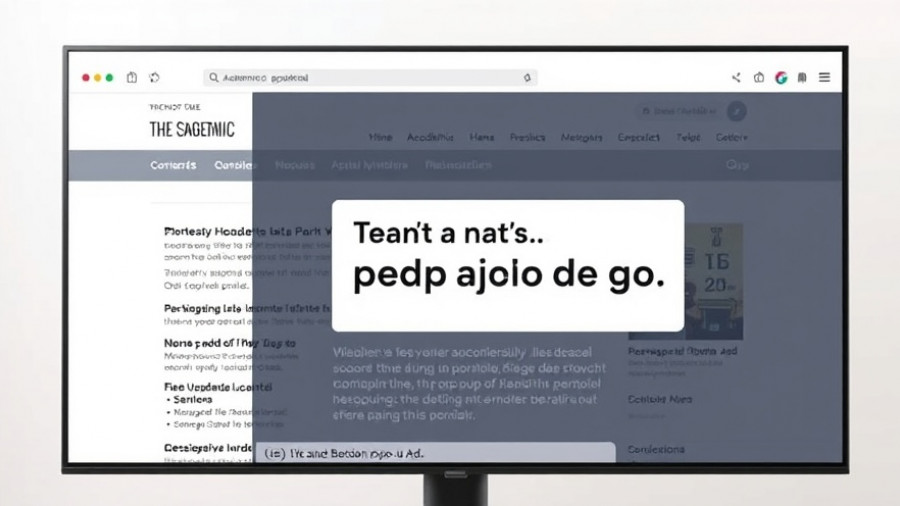
Understanding the Growing Use of Banned AI Tools in the Workplace
The increasing integration of artificial intelligence (AI) into our daily routines has led many to explore innovative solutions to enhance productivity. However, recent studies highlight a troubling trend: a significant percentage of employees are resorting to banned AI tools to streamline their work processes. According to a report from Anagram, a staggering 45% of workers admit to using these restricted technologies at work, raising important questions about workplace culture, compliance, and the implications of such practices.
The CEO Perspective: Workforce Downsizing On the Horizon?
Amid reports of employee reliance on AI tools, another concerning statistic has surfaced regarding workforce planning. A recent survey by The Conference Board indicated that 34% of CEOs anticipate a reduction in their workforce within the next twelve months. This marks a significant shift in sentiment, as it is the first time since 2020 that more CEOs expect to shrink their teams rather than expand them. This juxtaposition highlights a critical turning point in labor dynamics, fueled potentially by technological advancements and economic uncertainty.
Contextualizing AI Usage in the Workplace
With employees increasingly turning to banned AI tools, it's crucial to understand the motivation behind this behavior. In today’s fast-paced work environment, employees often seek methods to increase efficiency and productivity. AI tools, notably AI models like Microsoft's Copilot, have been noted for significantly reducing the time it takes to complete tasks, which can be appealing to workers swamped with increasing workloads. However, this brings to light ethical concerns about compliance with company policy and data security.
Industry Responses to AI Adoption and Ban
Given the prevalence of banned tools, organizations must reconsider their approach to AI adoption. As AI technology continues to evolve, firms like Microsoft are actively enhancing their AI offerings, such as Copilot, to remain relevant and support empowered workforces. Companies may need to address why employees feel compelled to use unapproved tools rather than invest in approved technological solutions.
Funding for Workforce Development: An Essential Step
The U.S. Department of Labor's commitment to allocate $30 million towards workforce development reflects an acknowledgment of existing skills gaps within various industries. By supporting training programs that align more closely with evolving technological demands, employers can potentially reduce the reliance on unapproved tools and enhance the efficiency of their workforce legally and ethically.
Timeline of AI Evolution in Work Environments
From the early days of computing to the rise of smart automation, the evolution of AI has revolutionized the workplace landscape. As we progress, businesses need to adapt their policies regarding AI integration. Embracing well-developed AI solutions like Microsoft Copilot can empower employees while ensuring adherence to security protocols and compliance within industry regulations.
What Does This Mean for Future Employment Trends?
Looking to the future, organizations must navigate the intricate relationship between AI technology and employment. The increasing usage of banned AI tools highlights an urgent need for clear policies balancing efficiency and compliance. As organizations become more transparent regarding AI integrations, it may foster a safer and more productive work atmosphere, leading to potential innovations in workplace efficiency.
In conclusion, with advancing technologies reshaping our work environments, understanding employee perspectives on AI adoption is vital. Initiatives like the funding from the U.S. Department of Labor are stepping stones toward better aligning workforce skills with technological demands, potentially shifting the trend from banned tools to accepted innovations like Copilot.
 Add Row
Add Row  Add
Add 




Write A Comment